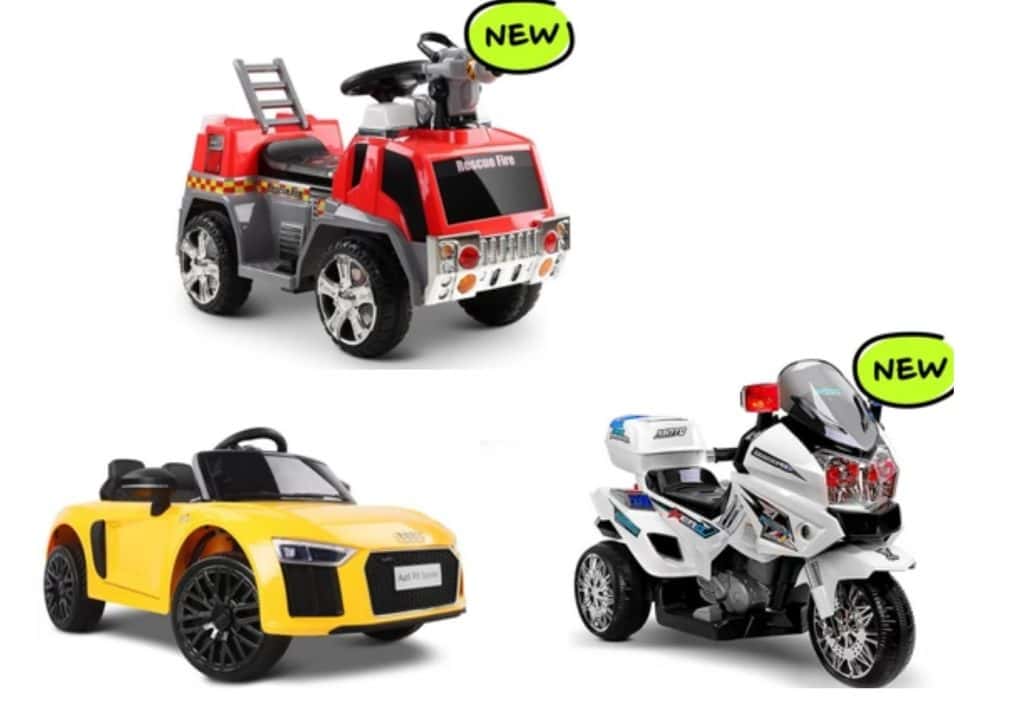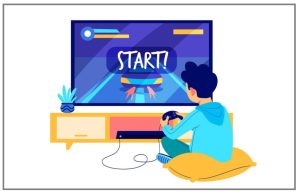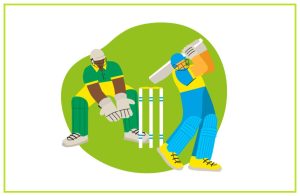Ride-on Cars: How To Teach Your Kid Responsibility And Independence

Ride-on cars have long been a favourite among children, sparking their imagination and igniting a sense of adventure. These miniature vehicles provide hours of fun and entertainment but can also serve as valuable tools for teaching important life lessons. And below, you can read about the benefits of these kids riding toys beyond mere playtime. Discover how these toys can be instrumental in teaching your child responsibility and independence.
Introducing Responsibility: Caring for Their Ride
Owning a ride-on car comes with responsibilities, teaching your child the importance of taking care of their belongings. Encourage them to clean their ride-on car by wiping it down after each use and storing it properly. Teach them how to charge the battery (if applicable) and explain the need for regular maintenance. By instilling a sense of responsibility from an early age, you empower your child to take ownership of their possessions and develop essential life skills.
Safety First: Rules of the Road
Teaching your child about safety is crucial when it comes to ride-on cars. Set clear rules and boundaries for where and how they can drive their vehicle. Teach them the importance of wearing protective gear such as helmets and knee pads. Explain basic traffic rules and the importance of looking out for obstacles and pedestrians. By instilling safety practices, you equip your child with the knowledge to navigate the road responsibly.
Building Independence: Decision-Making and Confidence
Ride-on cars provide a safe space for children to make decisions and develop their sense of independence. So, allow your child to have some control over their driving experience, such as choosing the direction or route they want to take. Encourage them to solve simple problems while driving, fostering critical thinking skills. As they gain confidence in their abilities, they’ll develop a sense of independence that extends beyond their playtime.
Developing Motor Skills: Coordination and Balance
Kids’ riding toys offer an opportunity for children to refine their motor skills, such as coordination and balance. Steering, accelerating, and braking require hand-eye coordination and fine motor control. As they maneuver their ride-on car, they strengthen their muscles and improve their gross motor skills. The repetitive movements involved in driving contribute to muscle memory development, enhancing their overall coordination and physical abilities.
Encouraging Social Interaction: Sharing the Ride
Ride-on cars can be a catalyst for social interaction and cooperation. Hence, encourage your child to invite friends or siblings to join them for a ride, teaching them the importance of sharing and taking turns. As they navigate the roads together, they learn the value of teamwork, communication, and compromise. The shared experience of riding in a group fosters social skills and empathy, laying the foundation for positive relationships.
In conclusion, ride-on cars offer more than just entertainment for children. They present a unique opportunity to teach responsibility, independence, and valuable life skills. By introducing responsibilities and safety rules, you instil a sense of ownership and awareness. The decision-making process and development of motor skills empower your child, building confidence and independence. Through social interaction and shared experiences, they learn the importance of cooperation and empathy. Hence, buy your child one of these kids’ riding toys and let them the journey of ride-on cars as a tool to nurture responsible, independent, and well-rounded individuals. Let the road ahead be filled with joy, growth, and countless adventures for your child as they steer towards a bright and promising future.






